A Brief History of Padstow
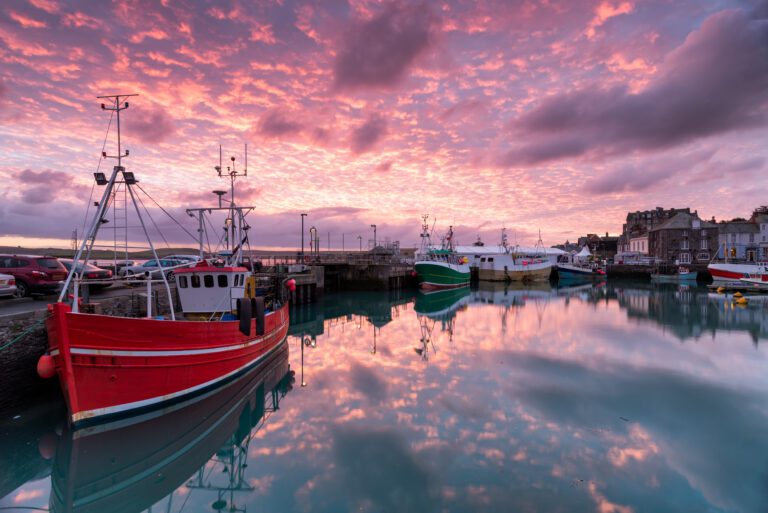
Padstow’s history is fascinating. According to legend, the Celtic Saint, St Petroc, arrived from Ireland and built a monastery high above the harbour. The name ‘Padstow’ stems from ‘Petroc-stow’, meaning ‘Petroc’s Place’.
The easily accessible nature of the town encouraged trade, and Cornwall had bountiful supplies on offer. During the 18th century, Cornwall was renowned worldwide for its base metal and tin production. Our fishing and farming industries also flourished, with pilchards and produce travelling overseas.
The introduction of passenger trains encouraged travel, and Padstow began to welcome holidaymakers. To this day, it remains a destination tourists return to repeatedly for its enviable combination of beautiful scenery to escape into and the hustle and bustle of a working fishing town.
Padstow Harbour
With a population of approximately 3000 people, Padstow is relatively small compared to most Cornish towns. Small but mighty, as this number swells and almost doubles in summer months due to visitors. Luckily the expansive sandy beaches make it easy to find some quiet time, and our boat tours are a great way to put some distance between yourself and the busy streets. It’s always a brilliant atmosphere during Summer with everyone soaking up Padstow’s charm.
Tourism is hugely important to Cornwall, adding as much as £2.4 billion to the economy over the year. We love to welcome visitors, and as the tourism industry grows here, we highlight how important it is to conserve our natural wildlife and environment on our boat tours.
Although the number of working fishing boats in Padstow harbour has declined over the past twenty years, you’ll still see various fishing vessels working from the harbour. It’s a great sight to see today’s fishermen carrying out the work of generations before them.
Local Traditions
Padstow is home to the Obby Oss festival, one of the oldest traditions in Cornwall, and the UK. Each year May Day brings folklore celebrations to the small town, and it’s an incredible sight to see with flowers, flags and greenery draped through the whole of Padstow and circling the May Pole.
Believed to be a festival to welcome the approaching Summer, the centuries-old event is made up of two huge processions, each centred around an ‘Obby Oss’ – or hobby horse. A red ‘Oss and a blue ‘Oss (wooden horse costumes) have their own circling processions throughout the town, complete with dancers, music and a following of locals dressed in white with ribbons.
Each ‘Oss dances through the crowds, taunted by a teaser, and tries to catch pretty maidens on the way; rest assured this is all in good nature! The event continues until midnight when the ‘May Song’ is sung by families whose ancestors have taken part in the same festival over the years.
What To Do in Padstow
Padstow is a culmination of all things brilliant in Cornwall. Nestled into the beautiful landscape, the once bustling fishing port is still a hive of activity today, and full of great things to do in Cornwall. We have a must-see mix of shops, from quirky independent boutiques to popular apparel shops, and plenty of pasty, fish & chips, and ice cream shops if you want to truly settle into holiday mode.
Visiting Padstow’s Lobster Hatchery is a great activity and supports marine conservation at the same time. You’ll be able to see lobsters throughout their life cycle, and learn about the efforts being made to ensure their populations aren’t at risk.
Padstow’s beaches always make the cut on ‘Cornwall’s Best Beaches’ lists. With a staggering 300+ beaches, we’re spoilt for choice. Dog friendly, family-friendly, secluded coves or stretches of golden sand as far as the eye can see, all are just a stone’s throw from the town.
If the water looks tempting, it always does to us, and you’d like to explore Cornwall’s landmarks and wildlife, our boat tours are an exhilarating way to spend a few hours. Blow the cobwebs away and admire dolphins, seals and puffins in their natural habitat.
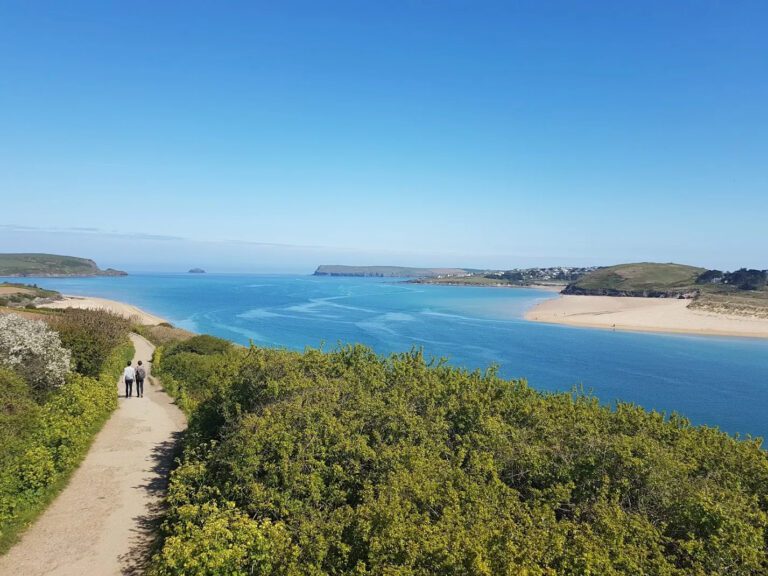
Padstow Coastal Walks
As we’re on the North Coast, on the sandy shores of the stunning Camel Estuary, we’re home to beautiful scenery and unmissable coastal walks, such as Trevose Head and the Trevone Bay coast path. With a real mix of natural landmarks, from the estuary, headlands, countryside, bays and beaches, there’s so much to be seen and explored. Whether it’s a leisurely stroll enjoying nature, or a more challenging hike, there are walks for everyone. Read about the beaches near Padstow and the best coastal walks in Cornwall in our blog.
Getting to Padstow
By Train
The nearest train station to Padstow is Bodmin Parkway, 24 miles away, which connects the rest of the country to Cornwall. The 10 bus runs from Bodmin Parkway to Padstow regularly. Train timetables are available with National Rail.
By Bus
Buses are provided by First Bus and can take you right to the Padstow bus station which is right in the centre of town. Check out their journey planner to find out bus timetables.
By Car
If you’re coming from out of the county, the M5 to Exeter, and then the A30 to Bodmin will leave you just 35 minutes away from Padstow. Padstow has 4 main car parks.
By Ferry
The 10 minute passenger ferry trip between Rock and Padstow is a great way to travel, and allows you to explore both sides of the Camel estuary. Adults tickets are £3 as of 2022.
Parking in Padstow
With four car parks to choose from, you should always be able to find a parking space. The Harbour Car Park is nearest to us, just a three-minute walk away.
The Railway Car Park, Link Road Car Park and Padstow Main Road Car Park are payable via apps as well as pay and display. You can find further info on each car park on Padstow Live.
If you need parking over multiple days, longer term parking is available at Trevethan Farm, contact for more info. All of the public car parks have disabled parking spaces, and there are 4 spaces on Broad Street (PL28 BBS). There are also spaces outside of Boots on Mark Street (PL28 8AL), which are limited waiting bays allowing blue badge holders to park for three hours.
It’s worth noting that the town’s car parks are busy at the height of Summer, and on road parking is limited due to the narrow streets. The buses and passenger Ferry from Rock are a great hassle-free way to get into town.
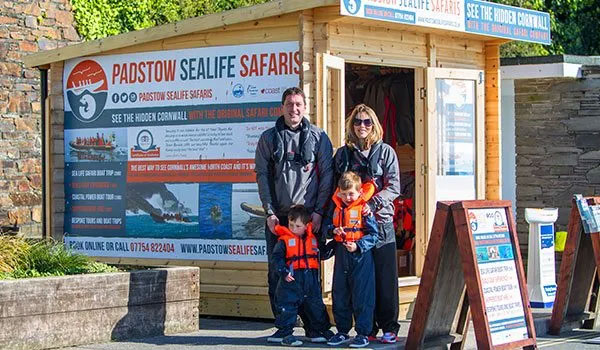
Padstow Park & Ride
Parking varies, and each car park has different prices. Look at Cornwall Live for car parking advice and facilities.
Places Close to Padstow
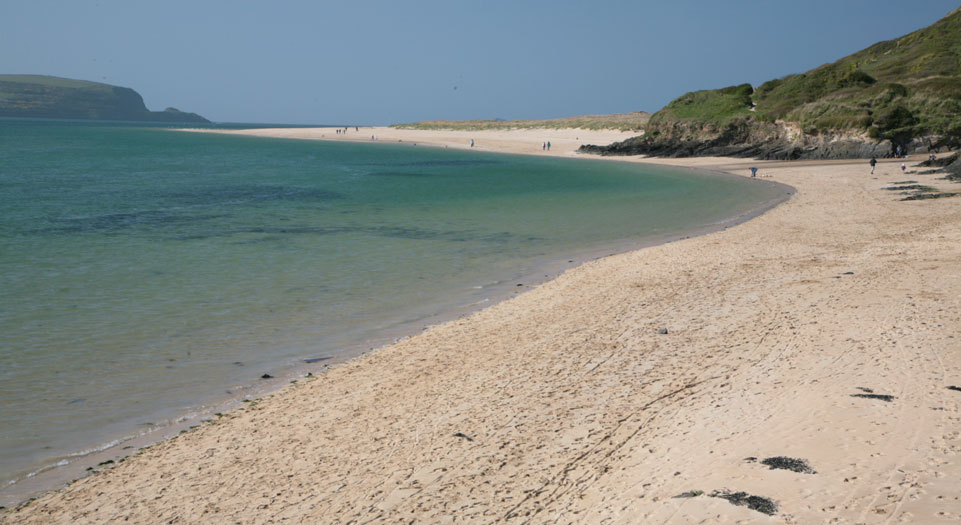
Rock
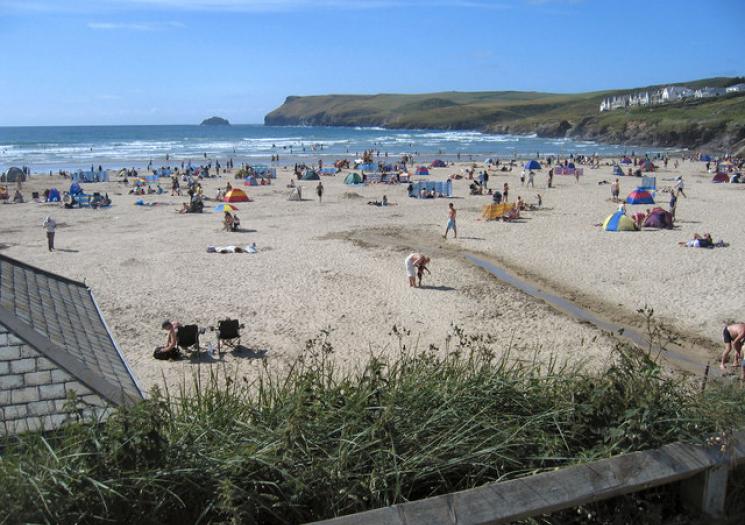
Polzeath & Trebetherick
Located just north of the Camel Estuary is Polzeath and Trebetherick, a popular surfing destination with a suitably laidback feel to the small town. From the beach to bar, the feel-good atmosphere draws families and surfers back again and again. It takes 34 minutes (15.6 miles) to drive to Polzeath via Wadebridge.
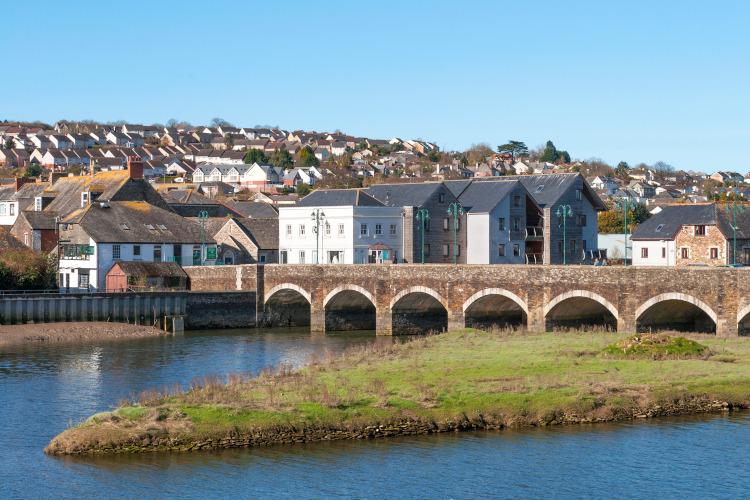
Wadebridge
Follow the Camel Estuary inland, and you’ll come to Wadebridge, a large market town, ideally located for accessing the rest of Cornwall. Home to the Camel Trail Cycle Route, 18 miles of traffic-free walking and cycling in the stunning landscape. It’s a 21-minute drive (8.3) miles from Padstow to Wadebridge, or 6.1 miles on the Camel Trail, which hugs the estuary.
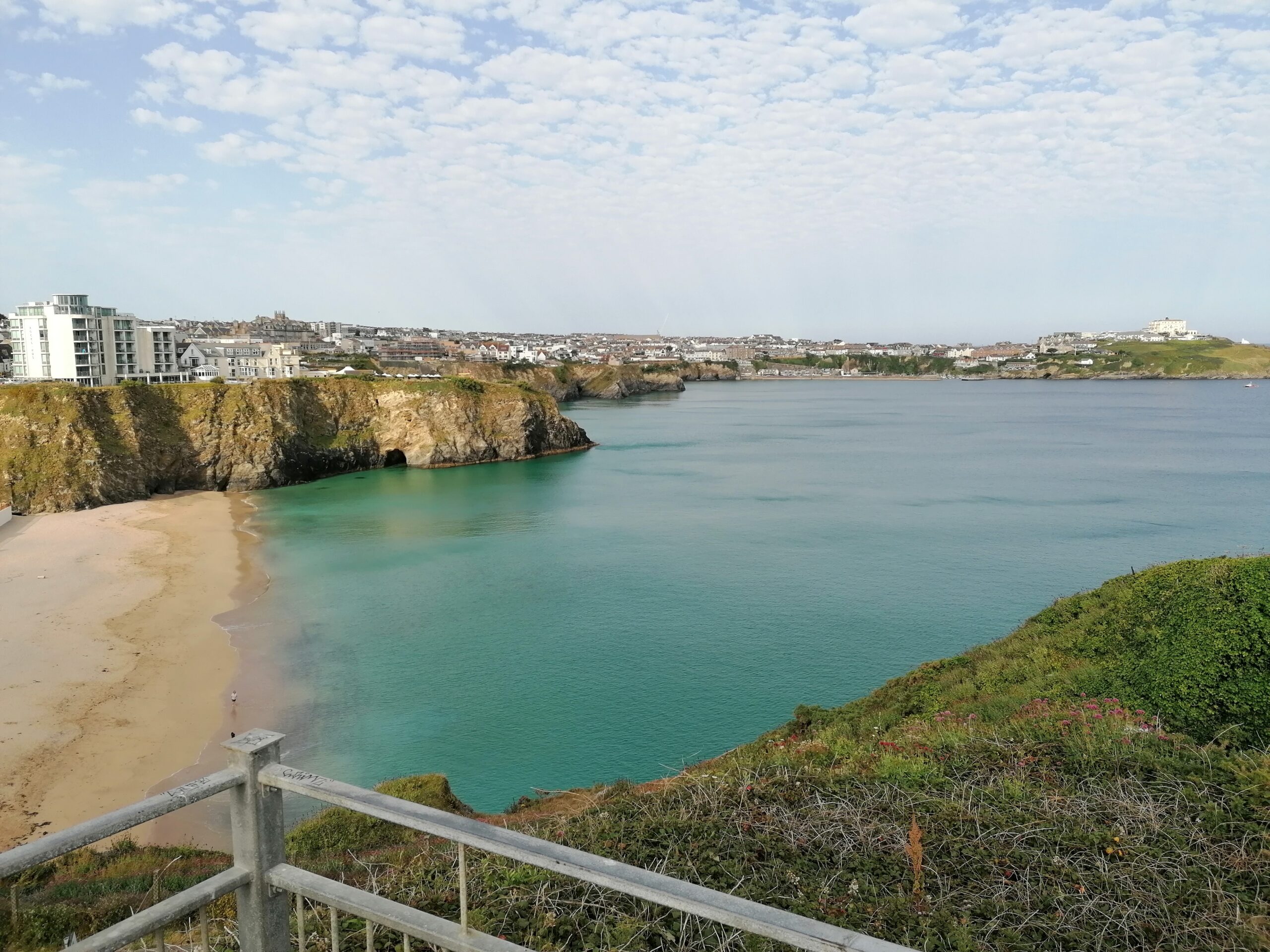
Newquay
Continue south on the North Coast and you’ll come to the buzzing town of Newquay. A 34 minute drive (17 miles), Newquay is home to brilliant surfing beaches, and plenty of shops, restaurants and bars. Once famed for being a stag-do destination, over recent years Newquay has felt refreshed by the large number of creatives living and setting up businesses there. If you are looking for the perfect destination for a large group, we offer a skippered boat hire for large groups and parties.